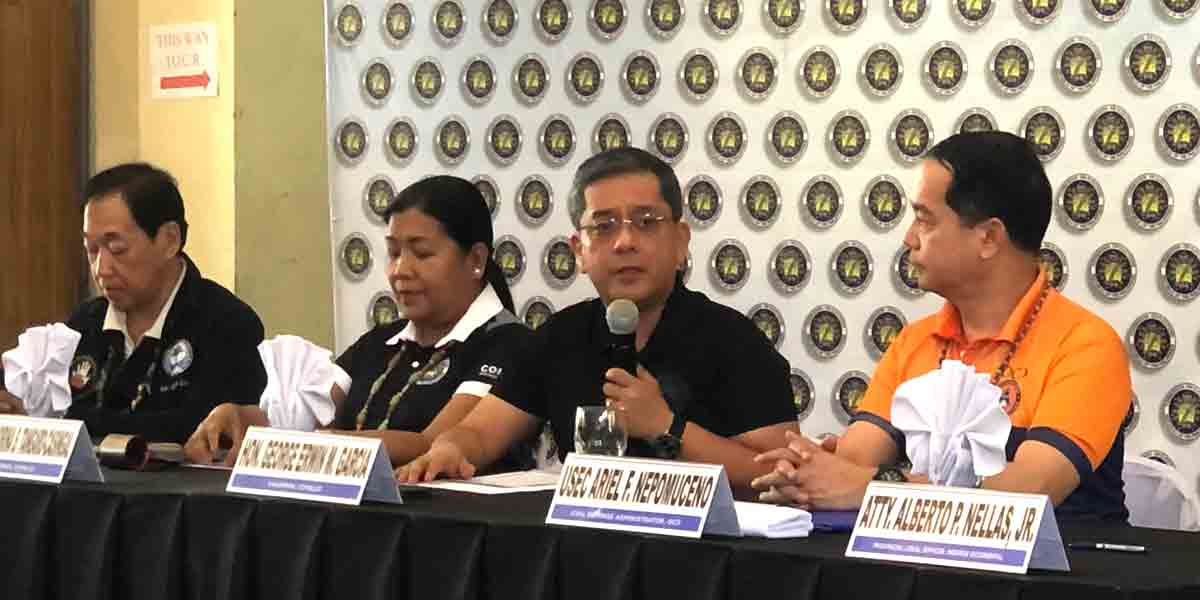
By Mariela Angella Oladive
The Iloilo Provincial Health Office (IPHO) is mourning the second dengue-related death in the province this year, a tragedy that follows closely on the heels of a report from February 11 about the first fatality.
IPHO Head Dr. Maria Socorro Colmenares-Quiñon reported that the latest victim, a 10-year-old from Lambunao, started exhibiting symptoms such as severe headaches on February 15.
Sadly, the child passed away on February 21 at a city hospital.
In light of this event, Dr. Quiñon has underscored the critical need for heightened awareness and measures to prevent Dengue.
She has spearheaded an initiative to mobilize barangay captains in Lambunao, resulting in a meeting to plan fogging operations to combat the spread of Dengue.
Local health officials are rallying to contain the situation, especially in areas with reported clusters of Dengue cases.
Since January, the IPHO has been proactive in distributing larvicides and adulticides to stave off mosquito breeding, coupled with fogging efforts in affected Barangays.
As of February 24, the province has seen 299 reported dengue cases, with Oton (26) at the forefront, followed by Pavia, Passi (17 each), and Dumangas and Lambunao, which includes the fatality, with 15 cases each.
Reports from other municipalities like San Joaquin, Barotac Nuevo, Miagao, and Sta. Barbara are showing figures between 10 to 14 cases, while Batad and Zarraga have yet to report any.
Dr. Quiñon has raised concerns over the El Niño phenomenon’s role in increasing mosquito breeding.
“Due to the El Niño phenomenon, there has been an increase in mosquito breeding and proliferation, so even with just a few cases of dengue, it is imperative for us to be vigilant and take action,” she noted.
She urged residents, especially parents and guardians to be alert and promptly report symptoms and seek medical attention if dengue is suspected.
“If the patient shows high fever, they should immediately visit nearest rural health centers to undergo testing to determine if it is indeed dengue,” she said.
According to the World Health Organization (WHO), symptoms of dengue typically appear 4–10 days after infection and can last for 2–7 days.
Symptoms include high fever, severe headache, pain behind the eyes, muscle and joint pains, nausea, vomiting, swollen glands, and rash. Those infected for the second time are at greater risk of severe dengue, which can present with symptoms such as severe abdominal pain, persistent vomiting, rapid breathing, bleeding gums or nose, fatigue, restlessness, blood in vomit or stool, extreme thirst, pale and cold skin, and weakness.
Meanwhile, the Department of Health (DOH) reported a total of 1,164 Dengue cases in the Western Visayas region from January 1 to February 24 this year, showing a 7 percent decrease compared to the same period last year.
However, the DOH observed increased attack rates in Iloilo province this year compared to 2023, along with the provinces of Antique, Capiz, and Guimaras.
Alarming clusters of Dengue cases have been identified in various barangays across the region, prompting health authorities to intensify surveillance and preventive measures.




















